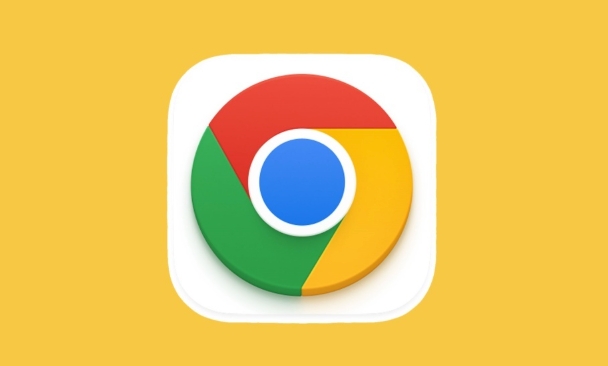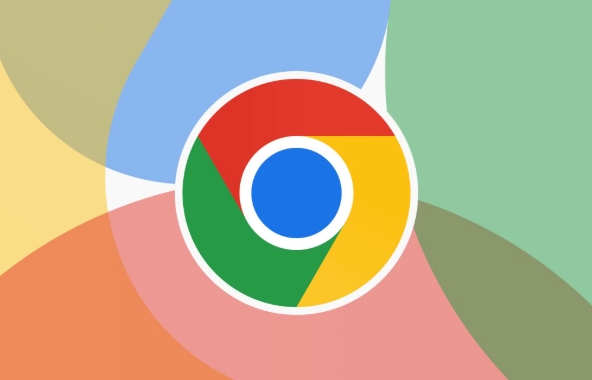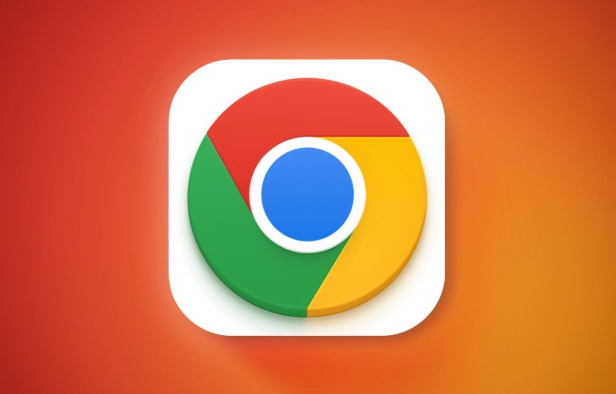You can temporarily change the browser location through Chrome Developer Tools or plug-ins. The specific steps are: 1. Open the Developer Tools → Three Dot Menu → More Tools → Sensors; 2. Select Custom location… in Location… and enter latitude and longitude; 3. If you need to use it for a long time, you can install plug-ins such as Location Guard; 4. Note that some websites rely on IP addresses to determine the location, and you also need to use it with a proxy or VPN at this time.

If you want to temporarily change your location information in the Chrome browser, such as to test the website functions or access geo-based content, it can actually be achieved through the browser's own developer tools. This method does not require the installation of additional plug-ins, and the operation is relatively simple.

Simulate location in Chrome Developer Tools
Chrome's own developer tools (DevTools) provide the function of modifying geolocation, suitable for debugging and testing web behavior. The specific steps are as follows:
- Open Chrome browser, press
F12orCtrl Shift I(Windows/Linux), orCmd Option I(Mac) to open the developer tools - Click the three dot menu in the upper left corner → More Tools → Sensors
- Select Custom location… in the "Location" option
- Enter the latitude and longitude you want to simulate, click "Add" to take effect
For example, if you want to simulate yourself in New York, USA, you can enter latitude 40.7128 and longitude -74.0060. In this way, the location information obtained by the web page will become the coordinates you set.

Use extension to change the default location
If you don't want to set it up manually every time, you can also install some Chrome plugins to switch geolocation more easily. Common plugins include Location Guard or WebRTC Leak Prevent , which allow you to pin a location or randomly generate one.
Pay attention to using this type of plug-in:

- Some plug-ins may only affect the location obtained by JavaScript, not the IP address.
- If you want to hide your real IP, you also need to use it with a proxy or VPN.
- Some websites may detect that you are disguising your location, especially banking sites
It is recommended to try the free version first, confirm whether it meets the needs and then consider paid upgrades.
Different websites get locations differently
It should be noted that not all websites rely on the geographical location API provided by the browser. Some websites will determine the location based on your IP address. At this time, even if you change the geographical coordinates in your browser, the displayed area may still remain unchanged.
For example:
- Google Maps mainly relies on the browser's geolocation API, so the modification of DevTools will work
- Netflix relies more on IP addresses to determine regions, and the browser settings alone cannot bypass the region restrictions.
Therefore, if your goal is to access specific content in certain regions, you may need to deal with both IP and browser location.
Basically that's it. If you just want to temporarily test the response of the web page to different regions, DevTools is enough; if you want to disguise your location for a long time, you may need to combine plug-ins or even proxy services to achieve it.
The above is the detailed content of How to change your location in Chrome. For more information, please follow other related articles on the PHP Chinese website!

Hot AI Tools

Undress AI Tool
Undress images for free

Undresser.AI Undress
AI-powered app for creating realistic nude photos

AI Clothes Remover
Online AI tool for removing clothes from photos.

Clothoff.io
AI clothes remover

Video Face Swap
Swap faces in any video effortlessly with our completely free AI face swap tool!

Hot Article

Hot Tools

Notepad++7.3.1
Easy-to-use and free code editor

SublimeText3 Chinese version
Chinese version, very easy to use

Zend Studio 13.0.1
Powerful PHP integrated development environment

Dreamweaver CS6
Visual web development tools

SublimeText3 Mac version
God-level code editing software (SublimeText3)

Hot Topics
 How to stop Chrome from updating in the background on Mac
Jul 21, 2025 am 12:41 AM
How to stop Chrome from updating in the background on Mac
Jul 21, 2025 am 12:41 AM
To prevent Chrome from automatically updating on Mac, it can be done by disabling update services, modifying permissions, and restricting network access. 1. Use terminal commands to disable the GoogleSoftwareUpdate daemon to prevent background updates; 2. Modify update directory permissions to prevent Chrome from starting the update process by itself; 3. Restrict Chrome's outbound network connection through system firewall or third-party tools to further eliminate update requests. Using these methods in combination can effectively prevent Chrome from being automatically updated.
 How to fix Chrome's spell checker not working
Jul 20, 2025 am 12:03 AM
How to fix Chrome's spell checker not working
Jul 20, 2025 am 12:03 AM
When Chrome spelling check fails, you can troubleshoot and fix it by following the following steps: 1. Confirm that the "Use Spelling Check" function is enabled and check whether the corresponding language is enabled in the language settings; 2. Adjust the input language order, delete the redundant language, and ensure that the main language enables spelling check; 3. Close possible conflicting extensions, especially syntax or translation plug-ins; 4. Update Chrome to the latest version and check the operating system updates. If it still doesn't work, try resetting Chrome settings.
 How to stop Chrome from automatically opening PDF files
Jul 21, 2025 am 12:09 AM
How to stop Chrome from automatically opening PDF files
Jul 21, 2025 am 12:09 AM
To let Chrome download directly instead of opening it when clicking on the PDF link, 1. Enter chrome://settings/content/pdfDocuments to check "DownloadPDFfilesinsteadofautomatically opening theminChrome"; 2. Check whether there are plug-ins such as Lightpdf or Smallpdf interfering behavior, you can try to disable the test; 3. You can use the developer tools to copy the link and paste the new tag to trigger the download. The above methods can be selected according to the situation.
 How to fix Chrome profile sync getting stuck in setup
Jul 25, 2025 am 01:10 AM
How to fix Chrome profile sync getting stuck in setup
Jul 25, 2025 am 01:10 AM
The problem of Chrome sync stuck can be solved through the following steps: 1. Check the network connection and Google account status to ensure normal access; 2. Log out and log in to the Chrome account again; 3. Clear the synchronized data and restart the browser; 4. Reset Chrome settings; 5. Try the traceless mode or new user profile. Sequentially checking can effectively restore the synchronization function.
 How to fix screen tearing when scrolling in Chrome
Jul 25, 2025 am 12:55 AM
How to fix screen tearing when scrolling in Chrome
Jul 25, 2025 am 12:55 AM
The screen tear occurs when the Chrome browser scrolls, which is usually caused by the out-of-synchronization of rendering and refresh. The solutions are as follows: 1. Ensure that hardware acceleration is enabled, you can manually check the settings and restart the browser; 2. Forcefully enable Compositor and related options to optimize rendering; 3. Check the display refresh rate, use single-screen testing, and enable VSync or adaptive synchronization technology on supported devices; 4. Update the graphics card driver or replace the display interface such as using the DP interface. It is recommended to start the troubleshooting with simple steps and gradually adjust to find the best configuration.
 Chrome keeps opening new tabs by itself
Jul 22, 2025 am 12:22 AM
Chrome keeps opening new tabs by itself
Jul 22, 2025 am 12:22 AM
The problem of Chrome automatically popping up new tabs is usually caused by malicious extensions, advertising scripts, or browser hijacking. The solutions are as follows: 1. Check and uninstall suspicious extensions, especially ad-class plug-ins; 2. Clear browser caches and cookies to eliminate data corruption; 3. Check whether the homepage and default search engine settings have been tampered with and manually corrected; 4. Use antivirus software such as WindowsDefender or Malwarebytes to scan and clear potential malware; 5. Finally, try resetting Chrome settings to restore the default configuration. Troubleshooting in this order can effectively solve most abnormal labeling problems.
 How to fix Chrome opening new windows instead of tabs
Jul 26, 2025 am 01:29 AM
How to fix Chrome opening new windows instead of tabs
Jul 26, 2025 am 01:29 AM
1. Check whether the shortcut attribute has additional parameters and delete it; 2. Clear cache and switch startup settings, or create new user information; 3. Extend the impact and disable the problem plug-in through traceless mode. Chrome pops up new windows instead of tabs usually due to exceptions in shortcut parameters, cache configuration conflicts, or third-party extension interference. Check and adjust the corresponding settings in turn to resolve.
 How to fix Chrome when it's not printing correctly
Jul 26, 2025 am 02:46 AM
How to fix Chrome when it's not printing correctly
Jul 26, 2025 am 02:46 AM
Chrome printing exceptions can be solved in the following ways: 1. Check the printer selection, paper size, orientation, zooming and background graphics settings in the print preview; 2. Try stealth mode to eliminate extended interference and clear cache; 3. Update or reinstall the printer driver, replace the general driver or use the "Print as PDF" method; 4. Finally, you can reset the Chrome settings to restore the default. Most problems can be solved through the first few steps. If they still fail, you can export PDF to print.






